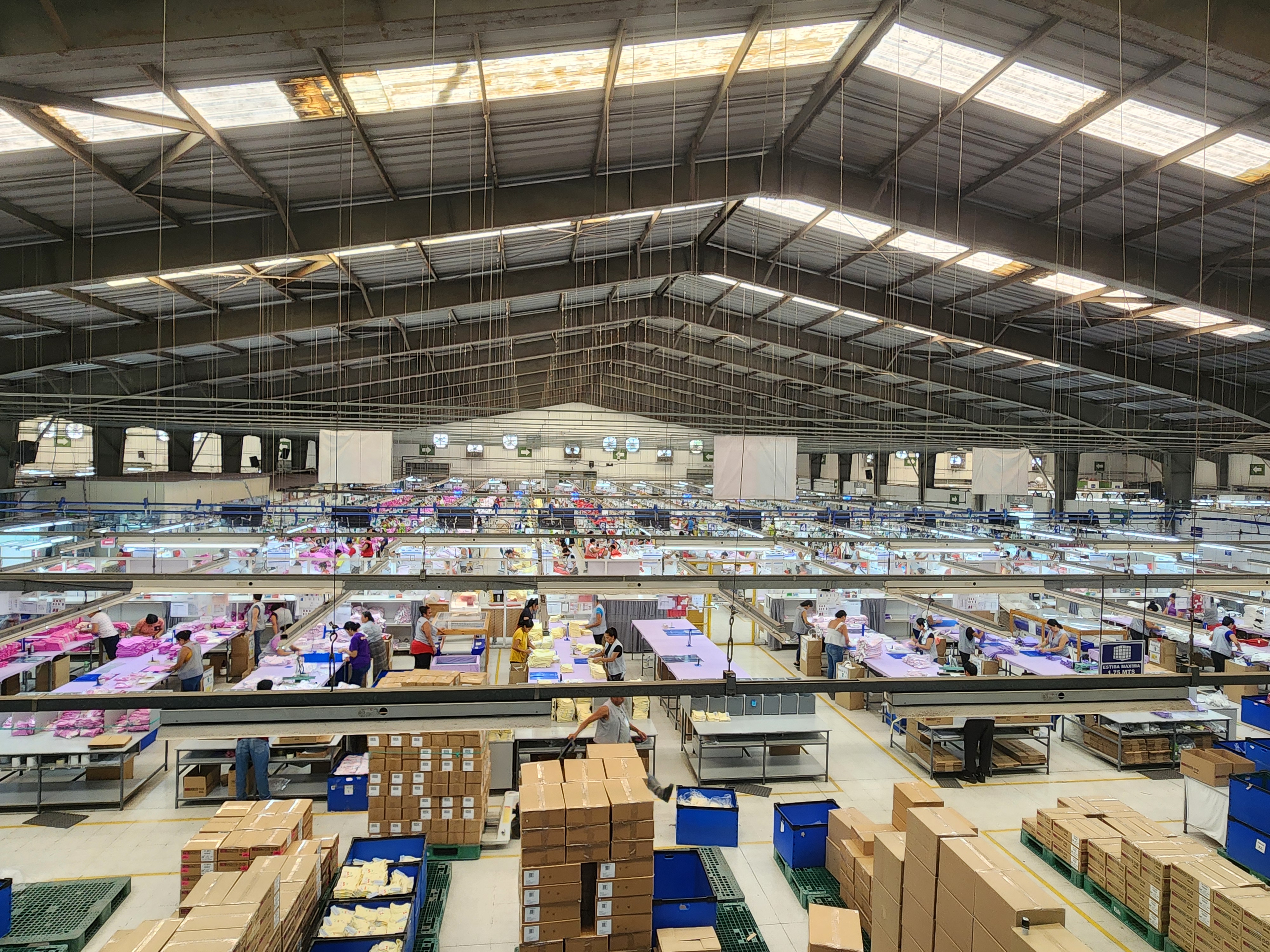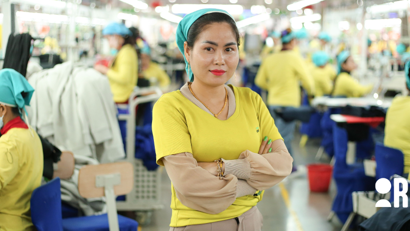
The garment and footwear industry in Central America is undergoing a moment of strategic transformation. Following disruptions to supply chains caused by the COVID-19 pandemic and conflict in the Red Sea region as well as changing US tariff policy, Central America has emerged as an interesting piece in the global supply chain puzzle for the US market. Its geographic proximity, established apparel sector, and high-quality artisanal craftsmanship position the region for sourcing diversification and protection from supply chain disruptions. However, realizing this potential requires addressing fundamental labor challenges that threaten the stability of the supply chain.
Investment in Worker Wellbeing Is Key to Securing Central America’s Potential in Global Garment Supply Chain
Labor rights challenges persist across the region, including outdated manual systems, limited human resources processes, weak compliance capacity and poor enforcement of workplace protections. Workers often face low wages, poor conditions, and inadequate social protection, three factors that directly affect retention, productivity, and stability.
For investors, suppliers and buyers looking to expand production capacity in Central America, rapid growth without addressing these issues risks amplifying them and undermining the long-term resilience of the industry.
Building partnerships with organizations representing workers that have long-standing and deeply embedded links to their communities can help devise a way forward. By creating safer workplaces, they help companies improve workforce retention, reduce production disruption, minimize sourcing risks, and achieve more predictable business performance.
Yet the region’s labor movement is uneven: for example, while union organizing has driven improvement in Honduras, union presence in Guatemalan factories remains limited as it is a dangerous country to be a trade unionist.
For buyers and suppliers, these organizations are essential partners in building safe, fair workplaces that strengthen supply chain stability.
Rebuild Women’s Participation and Advance Equality in the Garment Workforce
While these labor challenges affect all workers, there is a gender dimension that requires targeted attention. For optimal results, workforce investment needs to consider the specific challenges women workers face.
"The majority of workers are women. They say the previous male supervisor harassed them and told them that if they wanted to keep their jobs, they had to date him." Woman Worker
This testimonial is representative of the experience of women workers in Central America. Weak labor law enforcement allows persistent discrimination against women workers, including unsafe conditions. Guatemala has some of the highest levels of feminicide and sexual violence in the world (The World Bank). These harmful practices raise concerns about the garment sector’s ability to provide fair and sustainable employment to women.
To address these risks, suppliers and buyers can work together to:
- Address widespread workplace violence and harassment through strengthened policies and enforcement mechanisms.
- Promote women’s advancement beyond supervisory roles and into technical and leadership positions.
- Implement comprehensive care and social protection policies, including childcare, breastfeeding facilities, and protections against pregnancy discrimination.
- Strengthen women workers’ access to inclusive financial products and services, linked to their wages, to resolve high levels of indebtedness and limited access to banks and financial services.
Time for a Purposeful Investment in Workers
For Central America to live up to its nearshoring promise, investment in workers and labor rights is urgent. Seizing this moment requires well-planned, coordinated action that places women workers’ rights at the center of business decisions. Early engagement by businesses can help create regional practices that specifically support women in the workplace. This proactive approach can reduce operational risks, improve workplace culture, and strengthen companies’ long-term reputation and community acceptance while avoiding the challenges of fragmented interventions seen in other sourcing regions.
RISE is working across the region to support workers. Our recent research with CARE in Guatemala, El Salvador, and Honduras and our programmatic work in Guatemala, show why investing in women workers is a smart business decision.
Central America’s garment industry is ready for deeper investment and greater visibility, but its long-term success will depend on how businesses choose to engage. A proactive, inclusive approach, anchored in gender equity and workers’ rights, can help build a sustainable sourcing model for the future.
Our approach in Guatemala exemplifies this strategy. We are working with women’s organizations, the private sector, and civil society to implement programs that meet women’s needs under fair and dignified conditions. This kind of cross-sector collaboration is still uncommon in Guatemala, where few initiatives bring these actors together and take place directly inside factories to reach workers.
In 2022, we launched RISE Digital to strengthen workers’ digital skills through knowledge of health, stress management, financial literacy, and harmonious relationships. The program reached 2,486 workers (55% of them women) and delivered measurable results:
- women reported a 30-point and men a 19-point increase in feeling comfortable using new technologies such as tablets and smartphones;
- men showed a 24-point increase in knowing how to guide a coworker experiencing workplace violence;
- women (18-point) and men (23-point) reported greater assertiveness in communicating their needs; and
- both women and men demonstrated a 10-point increase in the use of digital financial services.
Building on this experience, in 2025, we started implementing programs focused on financial health and addressing gender-based violence and harassment in factories across Guatemala. By August, these efforts had already reached 4,577 workers, including 2,704 women and 1,867 men.
We’re now looking to continue these efforts across the region in collaboration with brands, factories, donors, and local organizations. Together, we can build a more resilient and equitable garment and footwear industry in Central America. One that delivers for workers, communities, and businesses alike.
- Respect
- Financial Health
- Foundations
- Guatemala
 Laura Macías
Laura Macías
 Lucia Bethancourt
Lucia Bethancourt
 Isadora Loreto
Isadora Loreto


